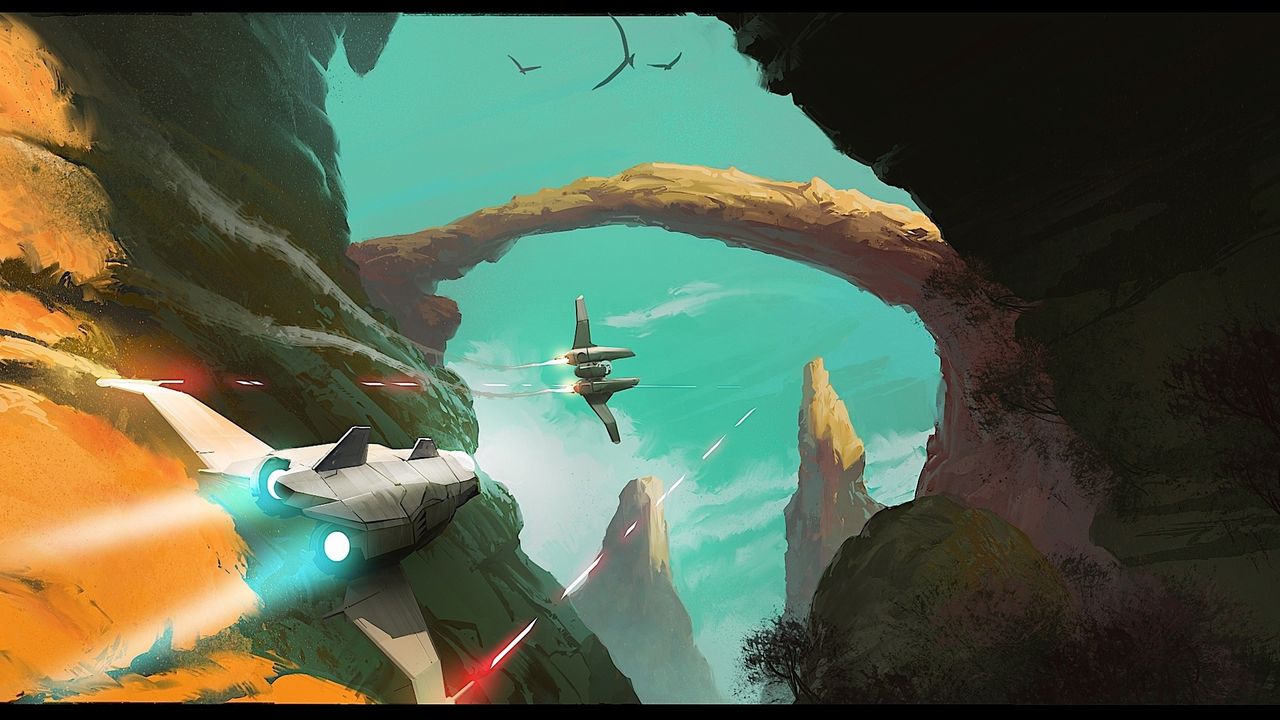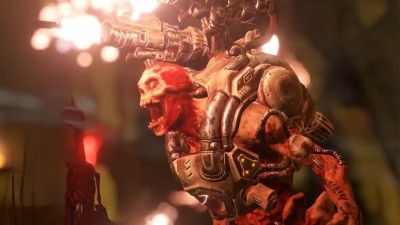No Man’s Sky creator Sean Murray has released 18 minutes of new gameplay footage.
The footage, which was provided by Murray to IGN and which you can view below, shows Murray exploring a random planet in the game’s absolutely mahoosive universe. Murray describes the planet as “pretty average”, saying that he wants to show off general gameplay and sort of things that players can get up to during an average play session.
Starting off by taking a brief swim underwater, where he discovers a new species of fish, Murray proceeds to do a bit of exploring on dry land. After being attacked by a random goat-like creature (which is quickly dispatched), Murray manages to attract the attention of the planet’s law enforcement.
This is where we get to see a feature that hasn’t been shown up until now. In No Man’s Sky, each planet and areas in space operate on a series of rules. Similarly to games like Grand Theft Auto, if you break these rules you will find yourself with a Wanted rating and the target of various automated drones and other enemies.
After quickly becoming overwhelmed and a quick respawn later, Murray explains that No Man’s Sky has its own periodic table of elements. Players can mine and combine elements, creating new alloys which can be sold for money at trading posts. Weapons can be upgraded, and planets are destructable. With a powerful enough weapon, in theory you can carve out entire tunnel systems underneath the surface of a planet.
Murray also shows off the seamless transition between exploring a planet and travelling through space. While encountering other players in No Man’s Sky will be a relatively rare thing given the size of the universe - and a deliberate lack of any signifying markers means that even when you do, you won’t necessarily realize it - the universe is teeming with life. AI-controlled ships will go about their business, trading and fighting amongst themselves; planets have their own ecology, with creatures hunting each other and scavenging for food.
Murray ends the demo by showing off the sheer scale of No Man’s Sky‘s galaxy. Using the map screen to zoom out, Murray explains that every point of light in the map is an entire solar system, each with its own planets, moons and other points of interest. Murra zooms out… and out some more… and out even farther. Literally millions of solar systems make up the playable area in No Man’s Sky - and they can all be explored.
While the ultimate goal of No Man’s Sky is to reach the center of the galaxy, you’re free to play however you want to. Fancy dedicating yourself to buying low and selling high, making a fortune and disrupting the universe’s economy? You can do that. Want to be an explorer, discovering new species, planets, elements and wildlife? You can do that too - and if you’re the first player to discover something, you can name it. I honestly can’t think of any other game that gives players this much freedom, on this large a scale.
Of course, the danger is that players will feel overwhelmed by the sheer size and open-endedness of the experience; that, with so many options and little guidance, they’ll simply grow bored. That’s the single most important question that hangs over No Man’s Sky, and will continue to hang over it up to its release and beyond: Will players be interested enough to lose themselves in Hello Games’ procedurally-generated universe?
And then there’s the question of the release date, which has yet to be pinned down to a year, let alone a month. No Man’s Sky is a hugely ambitious game, perhaps the most ambitious ever attempted. Could there be a risk that it will simply languish in a state of perpetual development, its creators endlessly tweaking and adjusting the planets and galaxies that have been procedurally generated by a series of algorithms?
Whatever the answer, Murray and the rest of the team at Hello Games deserve recognition for at least attempting what many other developers would be too scared to attempt - a genuinely massive, open-ended and living universe.



